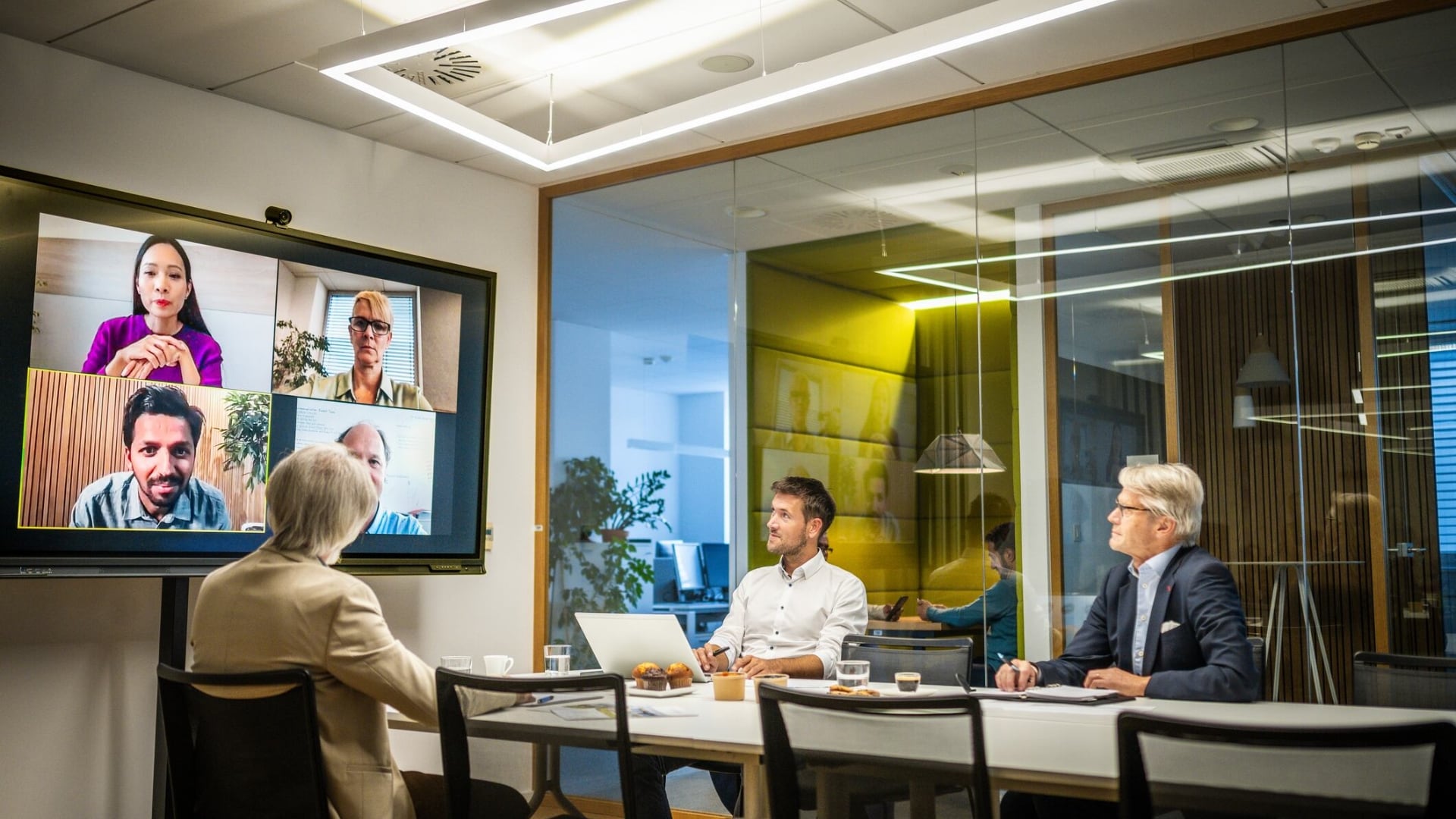Tourism is the lifeblood of most major cities, and New York is no exception.
There were 66.6 million visitors to the Big Apple in 2019, according to official tourism organization NYC & Company. The numbers were expected to grow in 2020 — until the coronavirus pandemic hit. Tourism is now expected to decline 66 percent to just 22.9 million visitors.
"We were ramping up, and it felt good," said Big Bus Tours New York general manager Charles Nolen. "We were in a solid position, I would say. And as of March 16, we basically had to shut down overnight."
At 13 feet about the ground, Big Bus Tour New York's double-decker buses provide a unique perspective of the city. From foreigners to locals showing friends around town, people use the open-top transportation to get to more than 40 famous locations and learn about them along the way. Because of the lack of travelers, though, Nolen had to furlough all but 20 people from his staff of about 300.
"[It's been a] complete tsunami on my company, but a complete tsunami on the industry, I would say, overall," Nolen said. "Not a single customer to carry."
The United States is normally the top destination where vacationers allocate their money, accounting for 14.5 percent of global traveler spending according to the U.S. government. Visitors helped employ 9.2 million Americans in 2019, making the industry worth $1.87 trillion dollars. For New York specifically, NYC & Company reported tourism pumped $70 billion into the local economy last year and helped employ just shy of 400,000 people.
This year, New York was declared a coronavirus epicenter early in the pandemic and it cast a long shadow that industry groups are trying to get out of, even as the most popular parts of the city for tourists are currently maintaining relatively low coronavirus rates compared to the rest of the country.
The lines have dwindled even at iconic locations like the Empire State Building, which usually dazzles four million visitors a year with its panoramic skyscraper view of the city. About 30,000 people visited its observatory during the third quarter of 2020 according to its October earnings report, compared to 1,042,000 visitors in the third quarter of 2019.
"We continue to remain open," Empire State Building president Jean-Yves Ghazi said. "The museums are open, the 9/11 Museum, the Met, all of the major attractions in New York City are open and ready to welcome millions of visitors."
Ghazi is encouraged by New York's relaxing of quarantine rules to allow for testing at least three days before entering the state, then a mandatory three-day quarantine, and a test on the fourth day. Previous rules required a mandatory 14-day quarantine. To assuage fears, the building has installed a state-of-the-art air filtration system and requires temperature checks before entering. Tickets are timed to prevent crowds and reservations are required.
"We are very encouraged and applaud Governor Cuomo for his change in the quarantine policy that will enable, in our opinion, an increase in visitation to New York City for the months to come," he said.
The building had just undergone a $165 million remodel, completed in December 2019 before the pandemic arrived in the U.S. It includes a brand-new 10,000 square-foot interactive museum and a reimagined 102-floor observation deck. Ghazi is optimistic these will draw in people, even those who may have visited before in the past.
"These exhibits are designed to connect with the visitors in unique ways and tell the story of the Empire State Building from the time it was conceived until its place today in pop culture," he said.
He's also hopeful that New Yorkers will take advantage of this time to learn more about their city at their own pace.
"The locals have maybe a certain perception of the Empire State Building," he explained. "'We love the best views of New York City, the heart of New York City. Just your queues sometimes are difficult to deal with, [they say.]' So this entire redo is designed to entertain and delight our visitors on the way to the view."
Big Bus Tour New York's Nolen is also banking on a local boost. The company has installed plexiglass dividers to protect its employees and added capacity limits at 25 to 30 passengers. Masks are required and socially-distanced seating is enforced.
"It's New York for New Yorkers," he says of his tour. "And we are trying to explain, you may have been living here your whole life, but you don't know the city the way we present it."
In any case, both destinations are prepared for tourists once they come.
"New York is vibrant," Ghazi said. "It is ready. We are New York strong, and tourism will return as it is returning in a very gradual way today."








